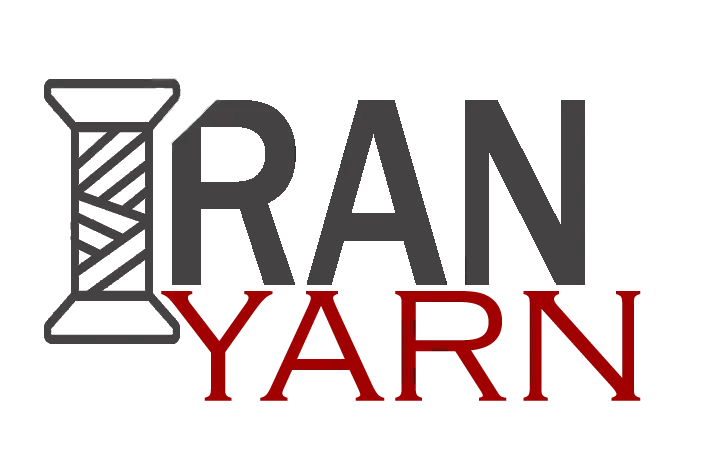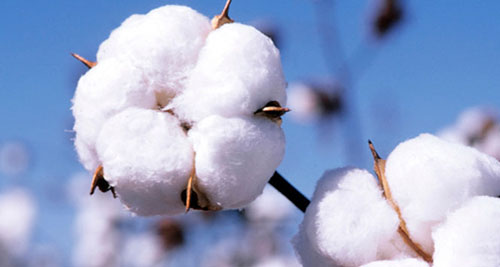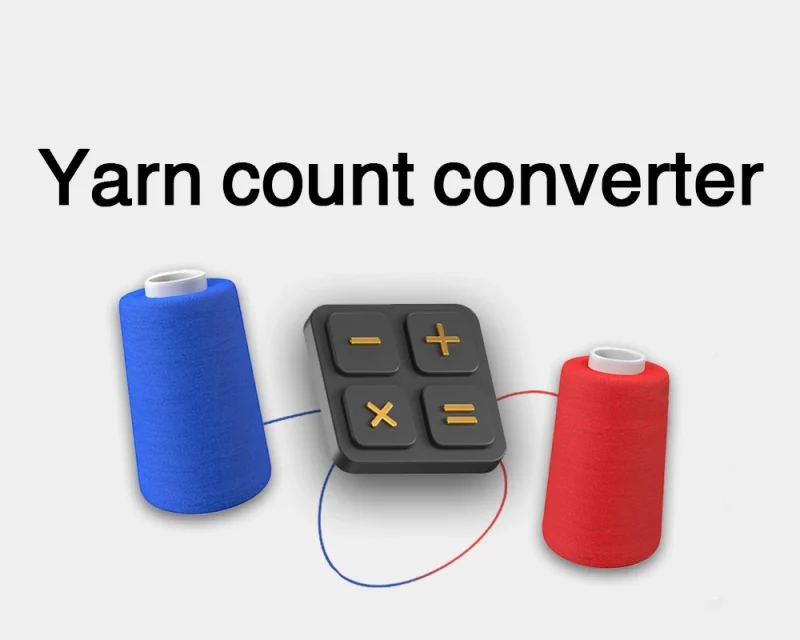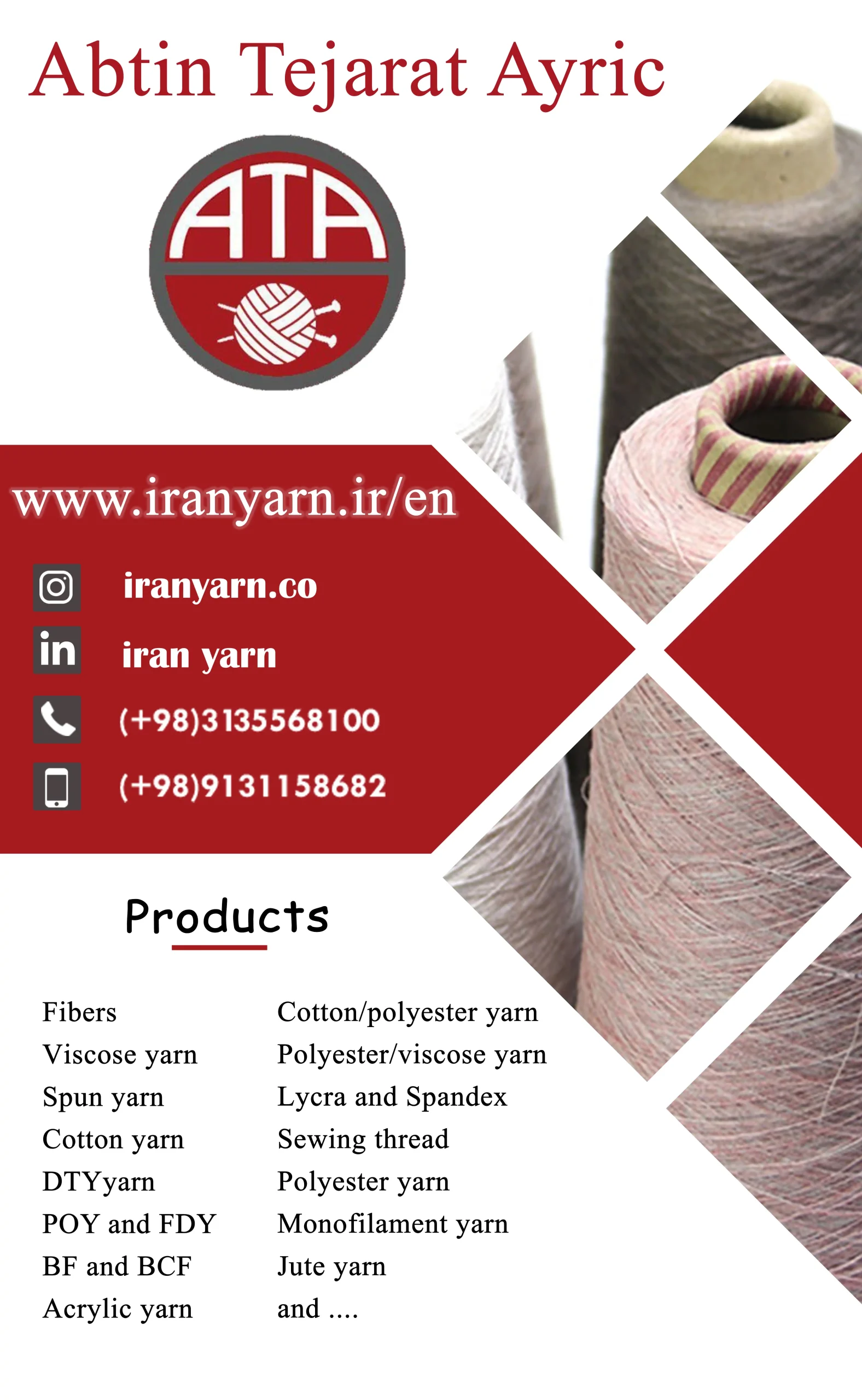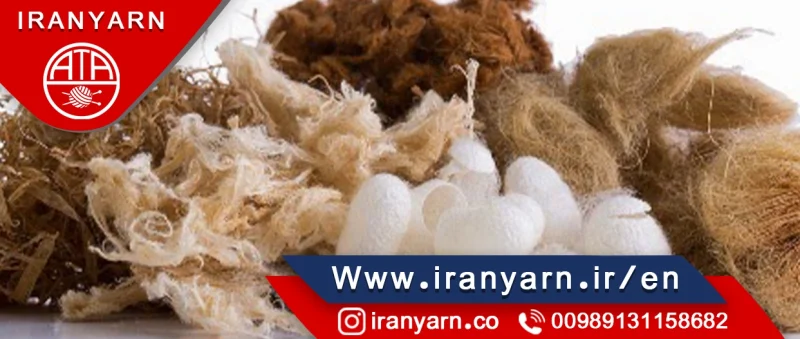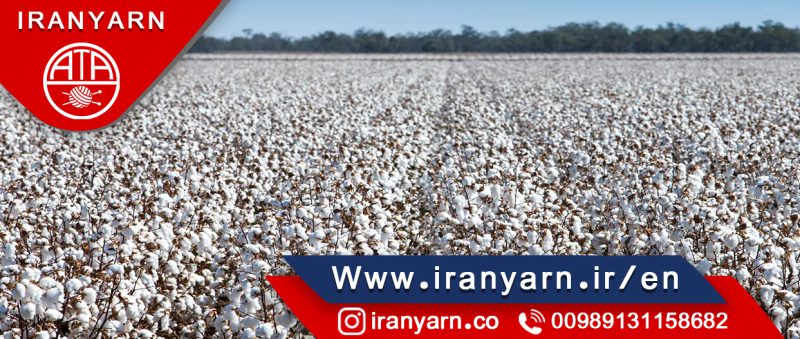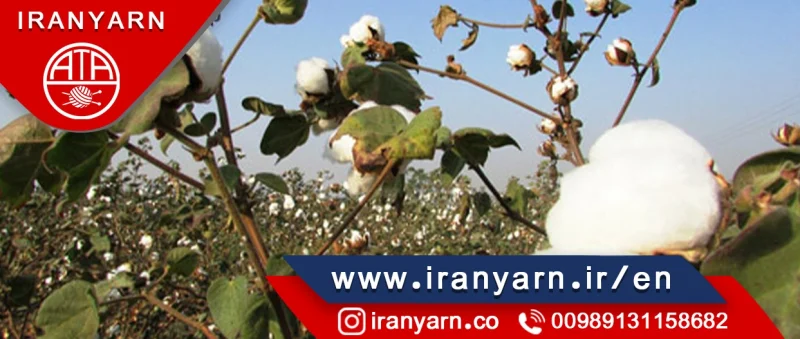In the classification of cotton, whether by classers in private employment or those employed in the Department, individual judgment or the human element plays a large part. This is due to the nature of cotton fibers in the mass and to the fact that the classing process involves determinations of the various quality elements on the basis of the appearance of the sample rather than according to precise measurement. In the grading of any product where the interpretation and application of standards depend primarily on the personal judgment of the grader, at least some variations resulting from differences of opinion may be expected. This is recognized by the cotton trade and by the Department is evidenced by the fact that arbitration boards and appeal boards are maintained to review or arbitrate such differences in quality determinations as occur from time to time. Therefore, variation in successive determinations of the grade and staple length of the same cotton may occur for a number of reasons. Some of the causes for variations are:
- The lack of means for precise measurements in day-to-day classing work.
- Original and redrawn samples taken from the same bale may not be of the same quality.
- Samples may be too small to properly represent all of the quality elements.
- The representiveness of samples may have been impaired by excessive handling.
- Samples may be improperly identified and for this reason the grade and staple assigned to the individual sample may not apply to the bale which the samples purport to represent, even though the sample itself is classed correctly.
- Variations in light and atmospheric conditions under which samples are classed may be reflected to some extent in classers results.
- The experience and judgment of competent classers vary to some extent and the judgment of individual classer may vary slightly from day to day.
In some countries the leaf and foreign matter in a sample of cotton is not removed, measured and expressed in terms of percentage of the entire sample, nor are the factors of color and preparation expressed in terms of physical measurements made by the classers. In fact, except in fiber laboratories, none of the quality elements is determined by precise measurement as is done in grading some other agricultural products. Consequently, two classers or an individual classer in classing different samples from the same bale may assign two different grade or staple length designations, both of which may be correct in terms of the standards based on the samples classed. If the parts of the sample taken from the two sides of the bale are not alike the grade designation must be that of the average of the grade factors represented by the lower side.
PUBLIC COTTON CLASSING SERVICES:
As to new contracts providing for future delivery on and after October 1939, the bylaws and rules of New York cotton exchange were amended. These rules were stated according to the important characteristics of cotton and covered the following topics:
- The basis quality was changed to Middling 15/16-inch cotton and it was provided that premium shall be allowed for each bale having a staple of 31/32-inch and for each bale having a staple of 1 inch which shall be.
- 2.The grades for White Cotton Middling Fair to Low Middling, inclusive, those for Extra White Cotton, Good Middling to Low Middling, inclusive, and the grades Good Middling Spotted and Strict Middling Spotted shall be tenderable.
- Non-rain-grown cotton shall be tenderable only if Middling and above (White and Extra White) and if 1 1/32-inches and longer in staple.
- Cotton remaining under certification for a period exceeding 10 months shall carry a penalty of 15 cents per bale month beginning with eleventh month, and the deliverer shall make such allowance for each calendar month period or fraction thereof.
In Iran, cotton is graded based on color, cultivation and harvesting conditions. Iran's white cotton is classified as follows:
- Extra White, G.M.W: Good Middling White.
- White NO.1, S.M.W: Strict Middling White.
- .White NO.2, M.W: Middling White.
- White NO.3, S.L.M.W: Strict Low Middling White.
- White NO.4, L.M.W: Low Middling White.
